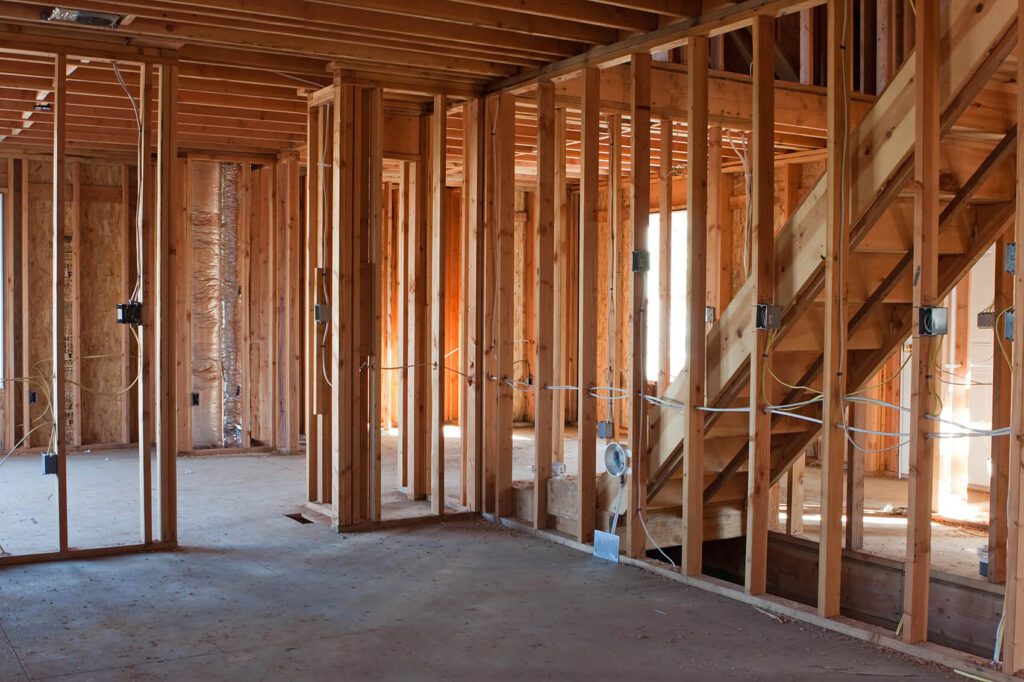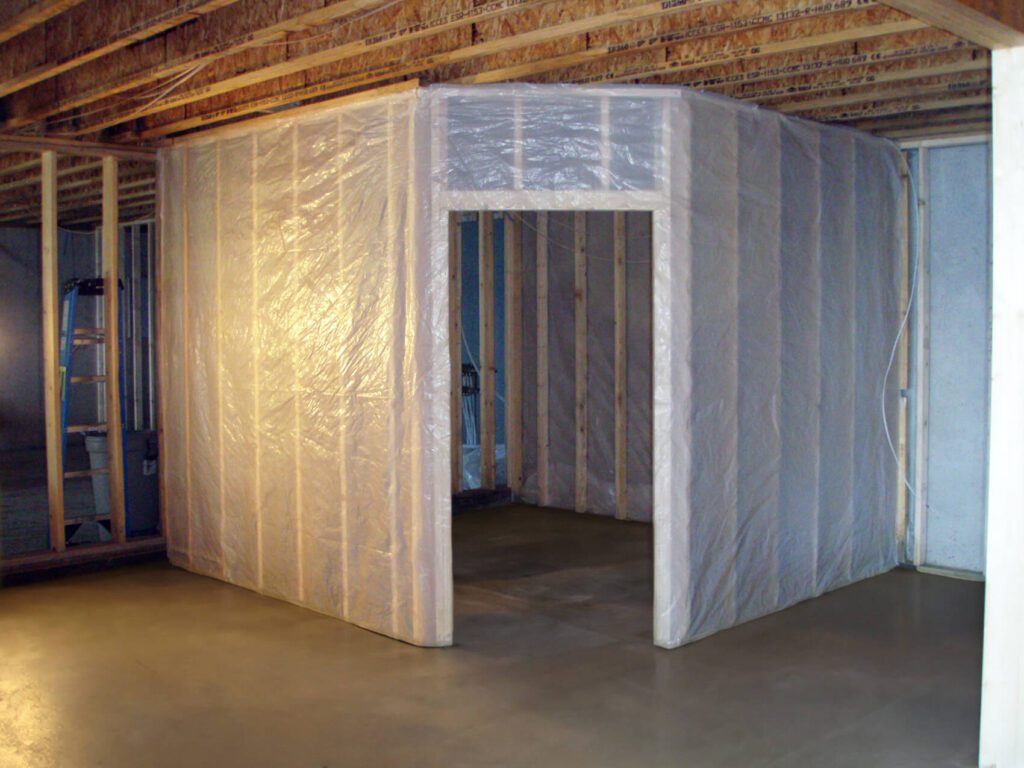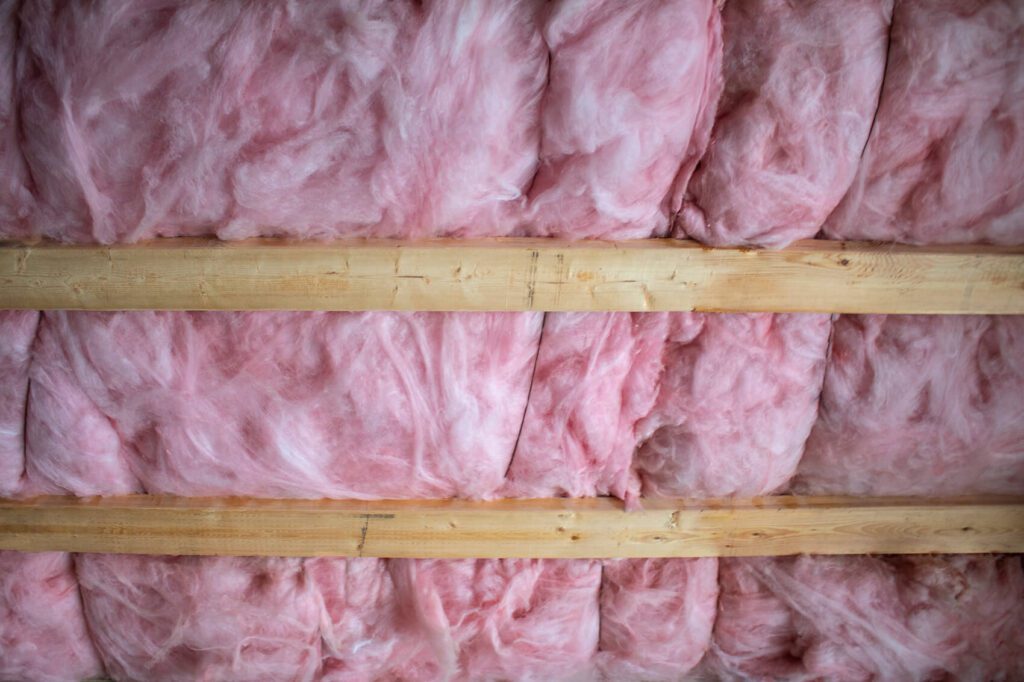When it comes to creating a homemade wine cellar, even the D-I-Yer (Do-It-Yourselfer) shouldn’t go at it alone. That’s why Wine Guardian is here to answer some of your most common questions.
If you aren’t looking to build your own wine cellar, finding the right craftsman with a flair for your style and within your budget can be challenging. The contractor not only has to have the technical ability to install a variety of wine racking systems, but should also be proficient in the proper construction techniques of wine cellar design. Find one of our certified wine cellar builders in your area today!
How Do I Frame Out My Homemade Wine Cellar?
Framing out your wine cellar is the initial step in building a wine cellar. Here are some guidelines to follow:
- 2″X4″ wood studs are generally used for the walls, but 2″x6″ studs can be used for thicker insulation
- Ceilings can be framed with furring strips against floor or roof joists
- The vapor barrier must be installed (carefully) first and be looped up into the joist space to form a complete seal
- The insulation should then be pushed up into the joist space and held in place by the furring strips or other methods of framing
- If any of the framing walls are against an outside foundation wall, there should be a minimum 1-inch gap between them for air circulation purposes
- It’s easier if the vapor barrier is installed on the wall, as it’s framed on the floor before it’s tipped up into place

Why Is a Vapor Barrier Important in Wine Cellar Design?
Vapor Barrier: An enclosure around an entire room that is needed to control humidity.
When using conventional insulation, a minimum of 4 mil. plastic is recommended with seams overlapped and taped. The vapor barrier must be installed on the outside (or warm side) of the cellar insulation. This is to prevent condensation from forming on the vapor barrier and potentially wetting the insulation and forming mold.
We recommend using closed-cell spray foam as your vapor barrier. Closed-cell foam does not require additional 4 mil. plastic and acts as both cellar vapor barrier and insulation.

What Is the Best Way To Insulate My Wine Cellar?
When you build your own wine cellar, it should be insulated to conserve energy, stabilize temperatures and control humidity. Minimum insulation:
- 3½ inches (9 cm) in walls
- 6 inches (15 cm) in ceiling
Placing 6-inch (15-cm) insulation all around is a better option.

Insulate the Floor?!
If there’s space below the floor, it should also be insulated. If the floor is existing concrete, protecting it will be difficult. Therefore, its impact on the heat load should be considered when sizing the wine room cooling unit and browsing home wine cellar ideas. If the floor doesn’t have a vapor barrier beneath it, a waterproof sealer is recommended before any other flooring, such as wood or carpet, is installed.
Building your own wine cellar can be a lot of work, and ensuring you have the right contractor for the job is vital for preserving your wine collection. Browse our product catalog of wine cellar cooling systems or find a Wine Guardian distributor for help on your next project.
Read the Wine Showcases White Paper Below:


